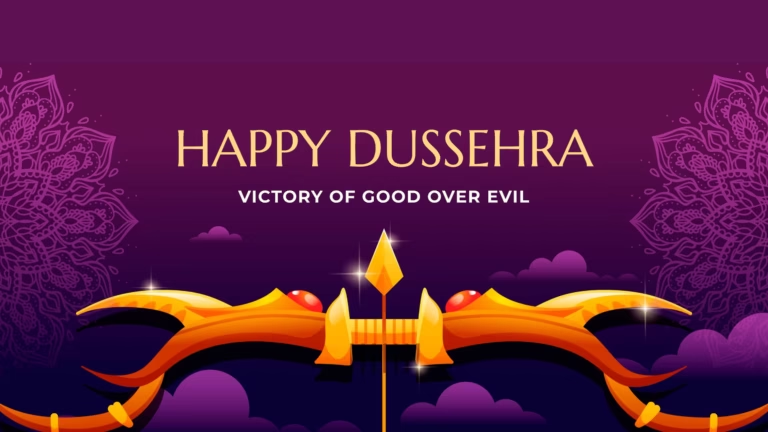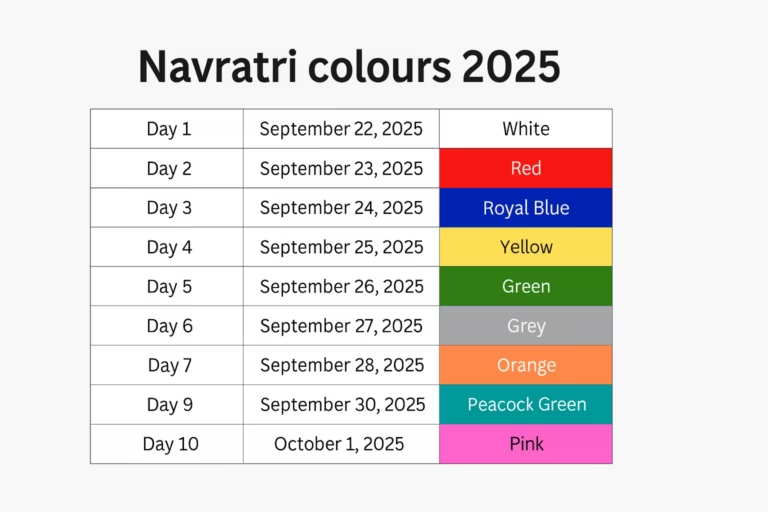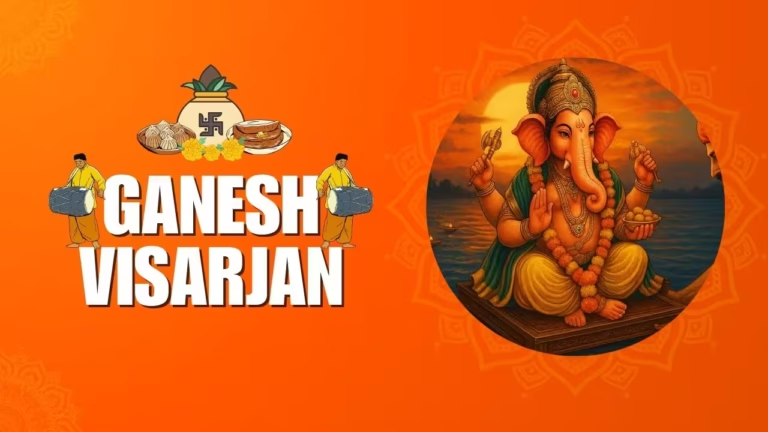Jagannath Puri, located on the eastern coast of India in the state of Odisha, is one of the most revered pilgrimage destinations for Hindus. It is home to the sacred Jagannath Temple, a divine abode of Lord Jagannath (a form of Lord Vishnu) along with his siblings Balabhadra and Subhadra. As one of the Char Dham pilgrimage sites, Puri holds immense spiritual, cultural, and historical importance. This blog provides a comprehensive guide to Jagannath Puri, covering its origins, temple architecture, significance, major rituals, and travel tips.
Table of Contents
History of Jagannath Puri
Origins and Mythological Background
The history of Jagannath Puri is deeply rooted in Hindu mythology. According to legends, King Indradyumna, a devout follower of Lord Vishnu, received a divine command to build a temple for Lord Jagannath. Following the instructions from Narada Muni, he established the temple and installed the wooden idols of Jagannath, Balabhadra, and Subhadra, believed to be self-manifested from a sacred neem tree (Daru Brahma).
Read Also: Shravan Maas 2025: Key Dates, Significance, and Fasting Rituals Explained
Historical Developments
- The present-day temple was built in the 12th century CE by King Anantavarman Chodaganga Deva of the Eastern Ganga dynasty.
- It has survived invasions and natural calamities over centuries and remains a symbol of resilience and devotion.
- Various dynasties like the Gajapatis, Mughals, and Marathas contributed to the temple’s upkeep and rituals.
Architectural Features of Jagannath Temple
- The temple is a classic example of Kalinga style of architecture.
- It is built on a high raised platform and covers over 400,000 square feet.
- The main sanctum (Vimana) is over 214 feet high, crowned with the Sudarshan Chakra.
- The complex has about 120 temples and shrines, with the Singhadwara (Lion Gate) being the main entrance.
- Intricate carvings, massive stone walls, and towering spires define its grandeur.
Religious Significance of Jagannath Puri
One of the Char Dhams
Jagannath Puri is considered one of the Char Dham pilgrimage sites (along with Badrinath, Rameshwaram, and Dwarka). Pilgrims believe that a visit to all four dhams ensures moksha (liberation).
Symbol of Universal Brotherhood
Lord Jagannath is worshipped not only by Hindus but also revered by Buddhists, Jains, and even tribal communities, symbolizing inclusiveness and spiritual unity.
Connection with Lord Krishna
Devotees believe Lord Jagannath is a form of Krishna, and the rituals in the temple reflect many aspects of Krishna’s life and philosophy.
Rituals and Daily Worship Practices
The rituals at Jagannath Temple follow a detailed and ancient schedule, carried out by a large community of sevayats (priests).
Nitya Seva (Daily Rituals)
- Mangala Aarti: Early morning prayer to wake the deities
- Mailam: Removal of clothes and flowers from previous night
- Abakasha: Bathing and brushing of deities
- Sakala Dhupa: Morning food offering
- Madhyanha Dhupa: Midday bhog (food offering)
- Sandhya Dhupa: Evening rituals and food offering
- Badasinghara: Night dress-up and lullaby before sleep
Special Sevas
- Sahanamela: Public darshan without any cost
- Rosh Homa: Fire offerings and rituals on specific days
Rath Yatra: The Grand Festival
One of the most famous festivals associated with Jagannath Puri is the Rath Yatra or Chariot Festival, celebrated annually in June-July (Ashadha month).
Key Highlights
- The deities are placed on three grand wooden chariots and pulled by thousands of devotees from the main temple to Gundicha Temple.
- This 9-day journey is symbolic of Lord Krishna’s visit to Vrindavan.
- The return journey is called Bahuda Yatra.
Rath Yatra attracts millions of pilgrims and tourists from all over the world.
Unique Aspects and Mysteries of Jagannath Puri
- Flag Mystery: The temple flag atop the shikhara always flutters opposite to the wind direction.
- No Shadow: The temple’s main dome casts no shadow at any time of the day.
- Sound Anomaly: The sea’s sound is inaudible inside the temple premises.
- Prasadam (Mahaprasad): The food cooked using firewood in earthen pots never goes to waste, regardless of the number of devotees.
Visiting Jagannath Puri: Travel Guide
How to Reach
- By Air: Nearest airport is Biju Patnaik International Airport (Bhubaneswar), about 60 km away.
- By Train: Puri is well connected by railways from major cities.
- By Road: Regular buses and taxis from Bhubaneswar, Cuttack, and nearby cities.
Best Time to Visit
- October to February: Pleasant weather, ideal for sightseeing and pilgrimage.
- June-July: For witnessing the grand Rath Yatra.
Where to Stay
- Dharamshalas and temple guest houses for pilgrims
- Budget and luxury hotels for tourists
Darshan Timings
- Temple opens early morning (~5:00 AM)
- Closes around 10:00 PM
- Darshan closed during certain rituals (check official site before visit)
Rules and Dress Code
- Only Hindus are allowed inside the sanctum of Jagannath Temple.
- Modest dress code is expected; avoid shorts or sleeveless tops.
- Footwear must be left outside; cameras and mobiles are strictly prohibited inside the temple.
Important Festivals Celebrated at Jagannath Puri
Apart from Rath Yatra, several other festivals are celebrated with devotion:
- Snana Yatra: Annual ceremonial bathing of deities
- Nabakalebara: Periodic renewal of deities, usually every 12–19 years
- Chandan Yatra: Summer sandalwood festival
- Anavasara: 15-day period when deities rest and no public darshan is allowed
Spiritual Lessons and Cultural Impact
- Jagannath Puri promotes the idea of service, equality, and surrender.
- Its traditions inspire literature, music (like Odissi), and art.
- Saints like Adi Shankaracharya, Chaitanya Mahaprabhu, and Ramanuja have visited and contributed to its spiritual heritage.
Summary
Jagannath Puri is not just a temple or a tourist destination—it is a timeless symbol of faith, mysticism, and divine grace. From ancient rituals to miraculous phenomena, from the grandeur of Rath Yatra to the humble offering of Mahaprasad, every aspect of this sacred site resonates with spiritual energy. Whether you’re a pilgrim or a seeker of history and culture, a journey to Jagannath Puri is bound to leave an everlasting impression on your soul.
References
- Official website of Jagannath Temple, Puri: https://www.jagannath.nic.in
- “The Cult of Jagannath and the Regional Tradition of Orissa” – Eschmann, Kulke & Tripathi (1986)
- Odisha Tourism: https://odishatourism.gov.in
- Jagannath Puri Temple Trust publications
- Scriptures: Skanda Purana, Brahma Purana (Jagannath Mahatmya sections)
Read Also: Indian Air Force Medical Assistant Recruitment 2025 – Complete Details for Intake 02/2026



